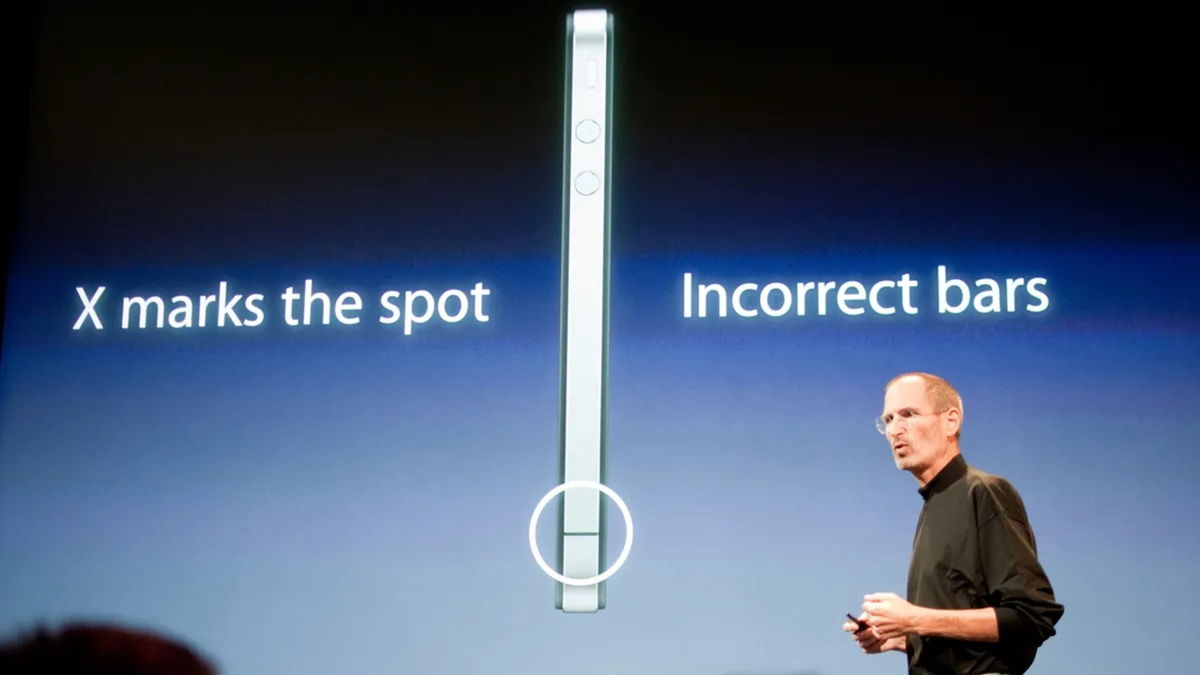Solid-state lithium-sulfur batteries have significant advantages over existing lithium-ion batteries: higher energy density (potentially doubling the range of electric vehicles) and lower production costs due to readily available materials. However, conventional sulfur cathodes have two major drawbacks: poor electrical conductivity and structural degradation during charge and discharge cycles.
The UC San Diego team’s solution lies in a new crystal cathode material composed of sulfur and iodine.
By incorporating iodine molecules, the researchers achieved a staggering 11-fold increase in electrical conductivity, making the cathode 100 billion times more efficient than pure sulfur.
The new material has a low melting point (65°C), allowing it to re-melt after charging cycles. This “self-healing” feature eliminates damage to the cathode-electrolyte interface, which is critical to maintaining battery performance and lifespan.
The research team is actively advancing the development of the battery by optimizing the cell design and increasing the battery format.
Source: Ferra
I am a professional journalist and content creator with extensive experience writing for news websites. I currently work as an author at Gadget Onus, where I specialize in covering hot news topics. My written pieces have been published on some of the biggest media outlets around the world, including The Guardian and BBC News.











